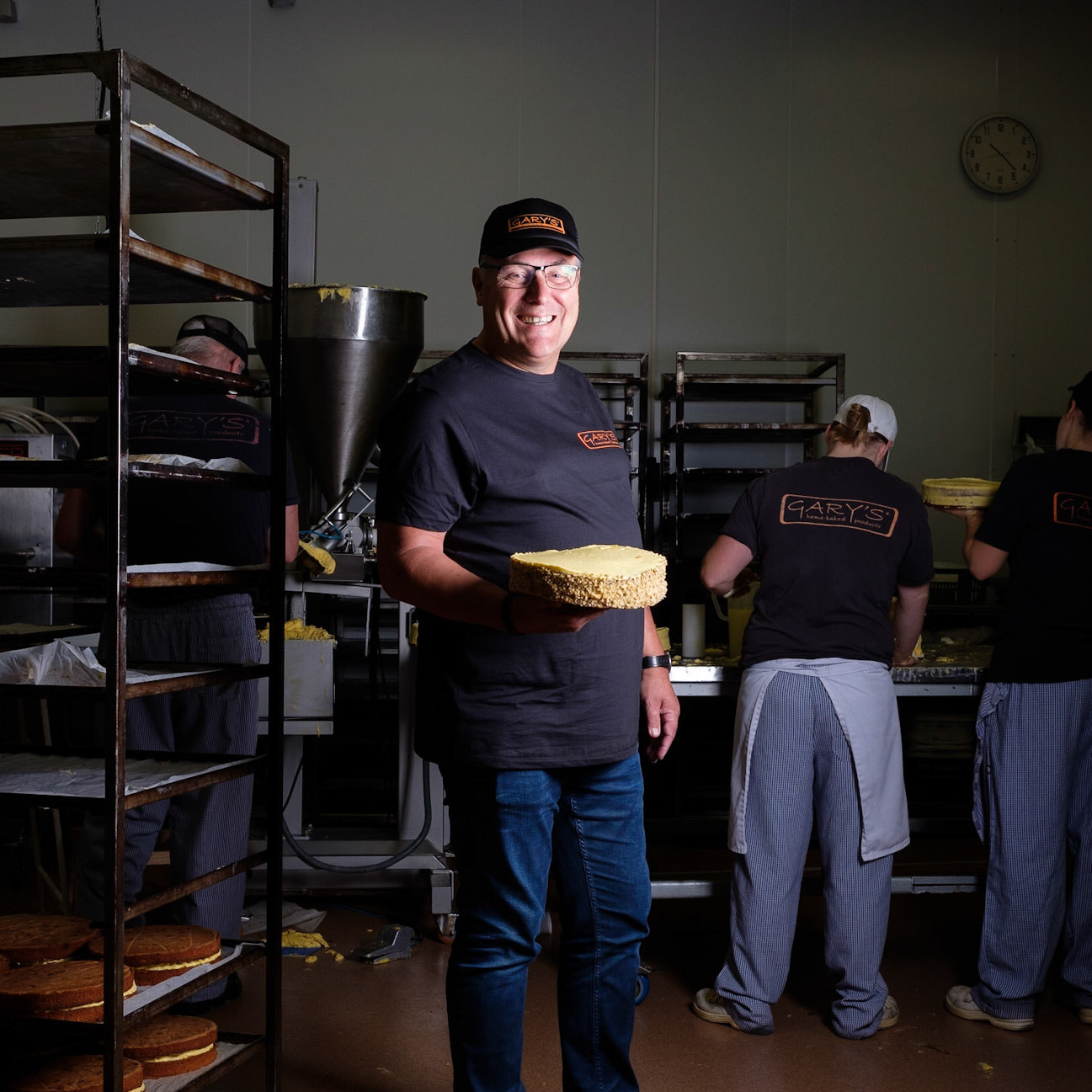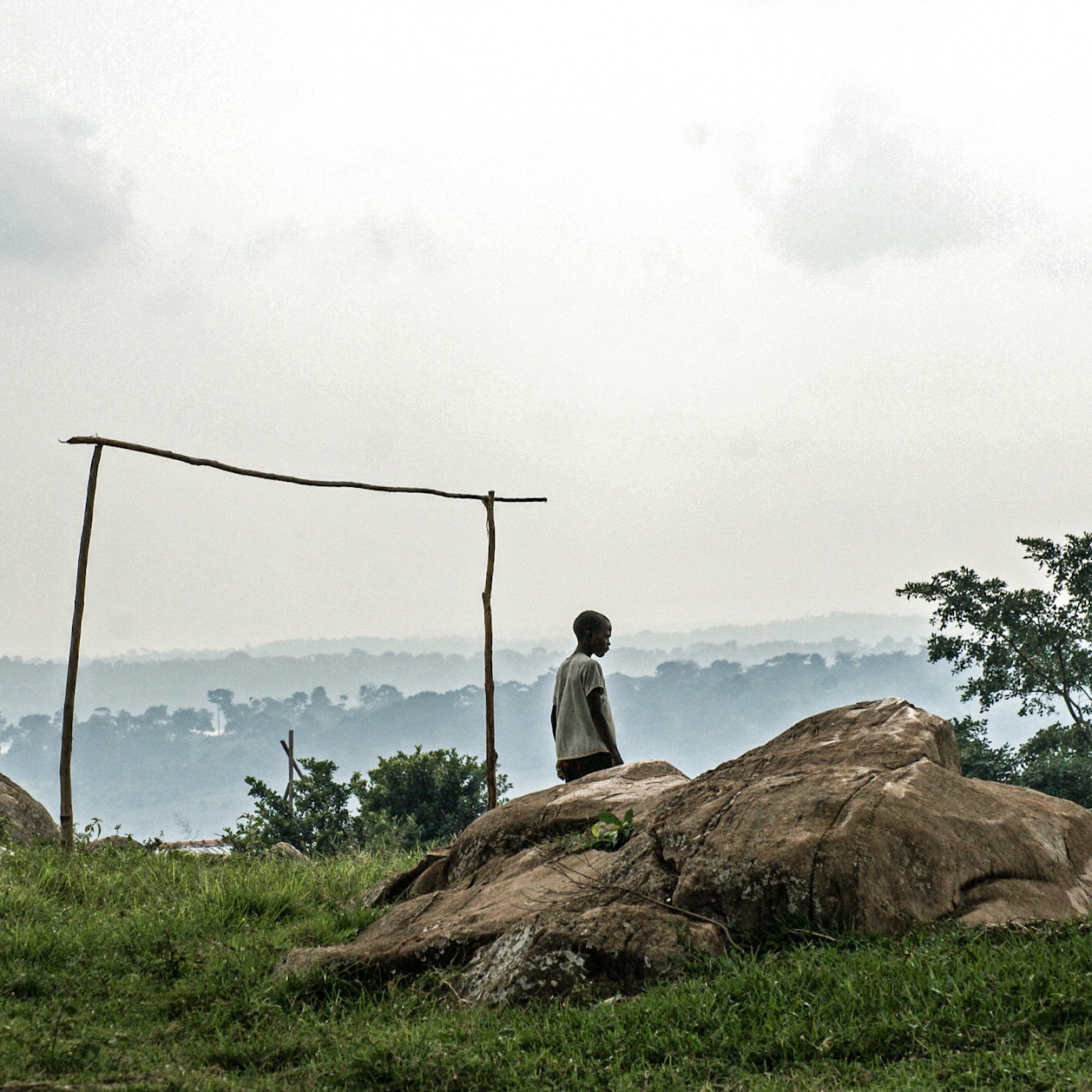Laos | November 2019
For future generations
Laos and a conflict that has never started nor ever stops.
Despite the fact the U.S. never officially declared war on Laos during the Vietnam War, it still marks the most heavily bombed county in the world. With more than 580.000 bombing campaigns executed by the Nixon administration in secret, more bombs fell on Laos during the Vietnam War than on Europe in the entire Second World War. This was the military-industrial complex in action, something Eisenhower warned the world about in his final speech in 1957.
The departing planes from Vang Vieng bombed targets in Vietnam and the remaining bombs on board were casually dropped to discard them as trash above Laos in order to prevent landing with bombs at rendez-vous. A fast region in the north of the country was sprayed with cluster bombs of which only 60% exploded in direct action.
The departing planes from Vang Vieng bombed targets in Vietnam and the remaining bombs on board were casually dropped to discard them as trash above Laos in order to prevent landing with bombs at rendez-vous. A fast region in the north of the country was sprayed with cluster bombs of which only 60% exploded in direct action.
The remaining 30%, about 80.000.000 UXO’s form minefields and are hidden in the inhabited landscapes ever since. Most of the ‘bombies’ will be still active for the coming 150 to 200 years. When UXO’s are found without causing harm, they will often be dismantled by locals and reused for their materials. Steel and aluminum can be reused and transformed into products for everyday life.
Traveling in Laos, I found a workshop in the remote village of Ban Napia where shells are being molten down to spoons and another type of cutlery. Some of the outer casings of cluster bombs are being utilized as foundational structures for shelter or workshops. Some make canoes from them, buckets, traffic posts, or flowerpots. The recycling of these means of destruction into products for life I find truly poetic. This symbolizes somewhat of the Buddhist Lao way of coping in order to create small economic means to move on in the country's continuous state of concealed chaos.
Traveling in Laos, I found a workshop in the remote village of Ban Napia where shells are being molten down to spoons and another type of cutlery. Some of the outer casings of cluster bombs are being utilized as foundational structures for shelter or workshops. Some make canoes from them, buckets, traffic posts, or flowerpots. The recycling of these means of destruction into products for life I find truly poetic. This symbolizes somewhat of the Buddhist Lao way of coping in order to create small economic means to move on in the country's continuous state of concealed chaos.
After more than 40 years, craters are still visible evidence from the secret bombing campaigns in Vietnam on this megalithic archaeological site called the 'Plain of Jars' on the Xiangkhoang Plateau.
Discarded shells are used as security posts on this overpass near Vang Vieng.
The aluminum from collected shells on the farmland is being used as raw material and molten down into useful everyday products sa cutlery.
A bombshell processing workshop near the village of Ban Nipa, constructed partly from shells.
The airstrip of Vang Vieng, build by the Americans for bombers to secretly fly over Laos into Vietnam and back. From here, US military airplanes could fly directly to the West Coast and back with cargo.
Near the border of Vietnam, scattered around on plains like these, an estimated 80.000.000 UXO’s are still hidden and part of the landscape.









